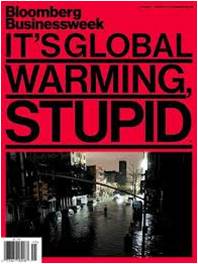
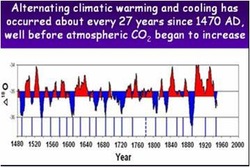
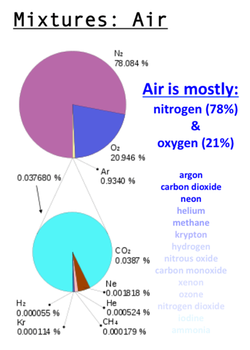
The above is a relatively cogent argument. However there are others who do. The following is an excerpt by Marc Moranao of climatedepot.com:
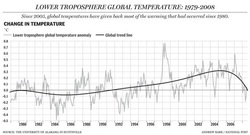
But despite the man-made global warming fear movement’s clarion call of alarm, many scientists are dismissing the 400ppm level of carbon dioxide as a non-event. Scientists point out that there are literally hundreds of factors that govern Earth’s climate and temperature – not just CO2. Renowned climatologists have declared that a doubling or even tripling of CO2 would not have major impacts on the Earth’s climate or temperature.”
Let’s look at some statistics/facts. If you look at the attached chart on global temperature from 1979 to 2008, we’re going through a cooling period in recent years. Should we be worried about global cooling?
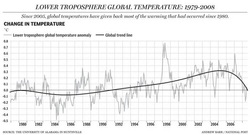
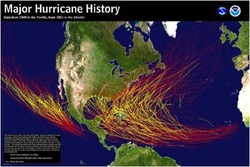
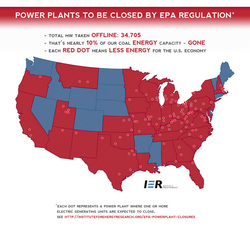
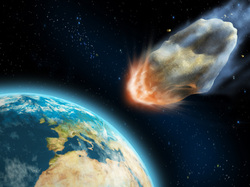
In retrospect, one of the most intelligent analogies/statements that was given to me was from a colleague in the Economics department at Bentley, Professor Swati Murkerjee. Her analogy was as follows, “If an asteroid is headed towards earth and half the scientists say it’s going to hit the earth, and half say it’s going to miss, it’s best to be risk adverse.”
 RSS Feed
RSS Feed
